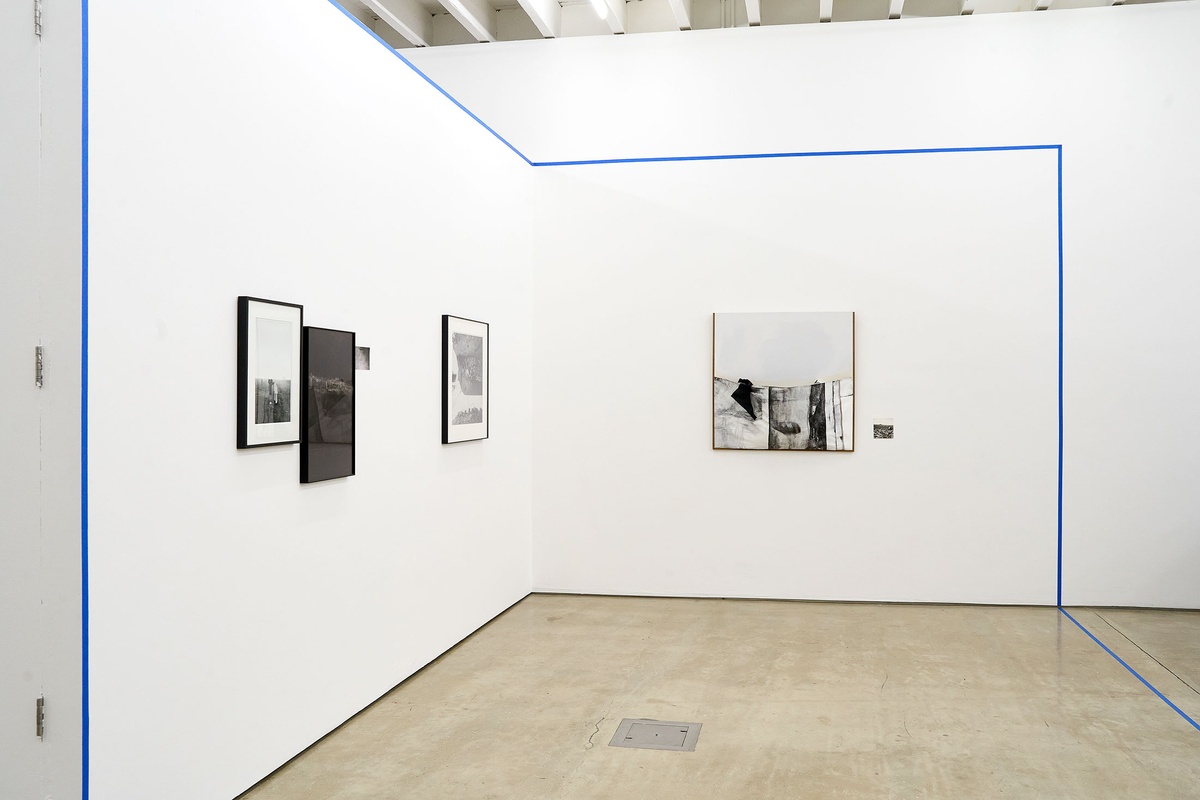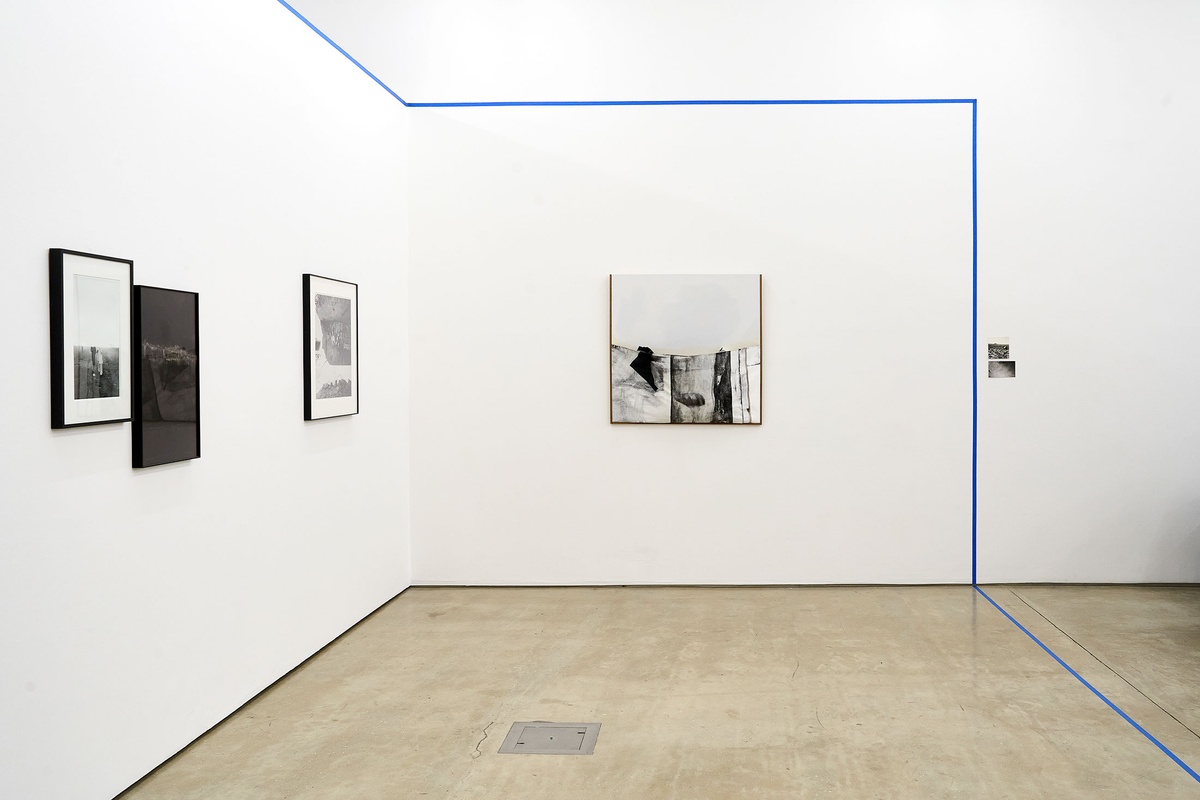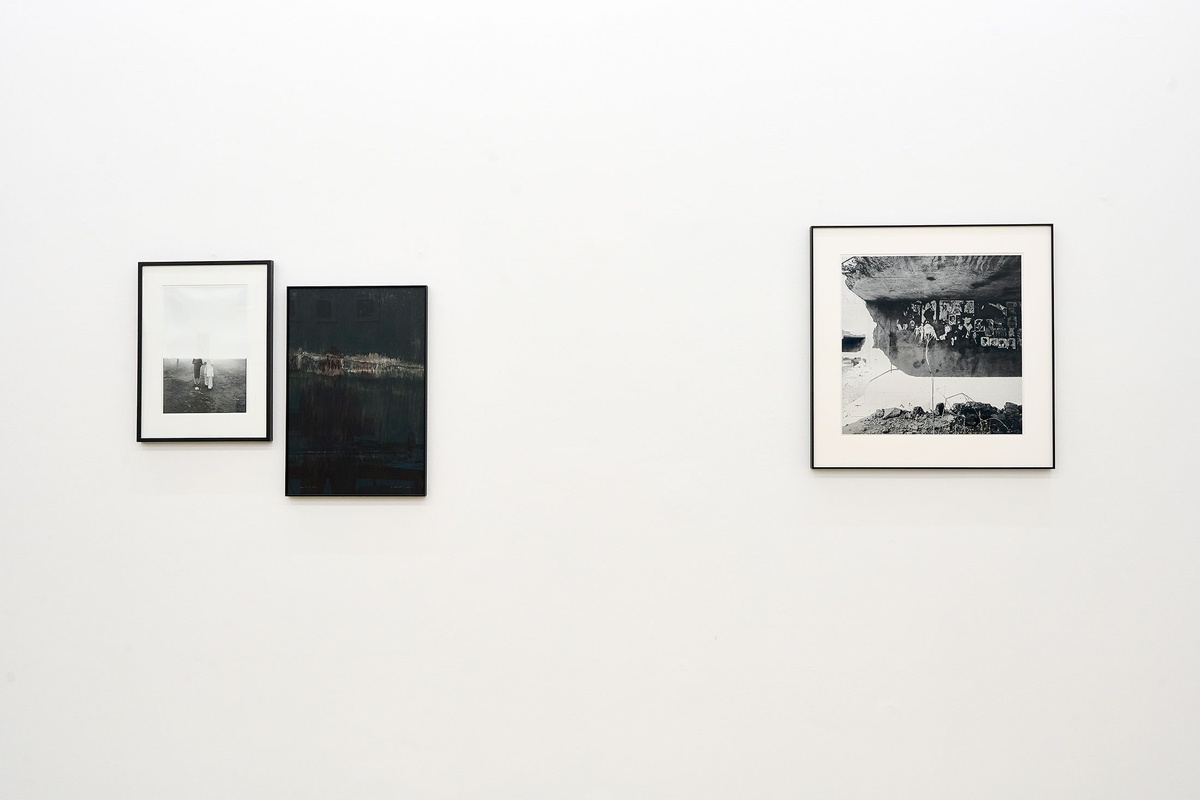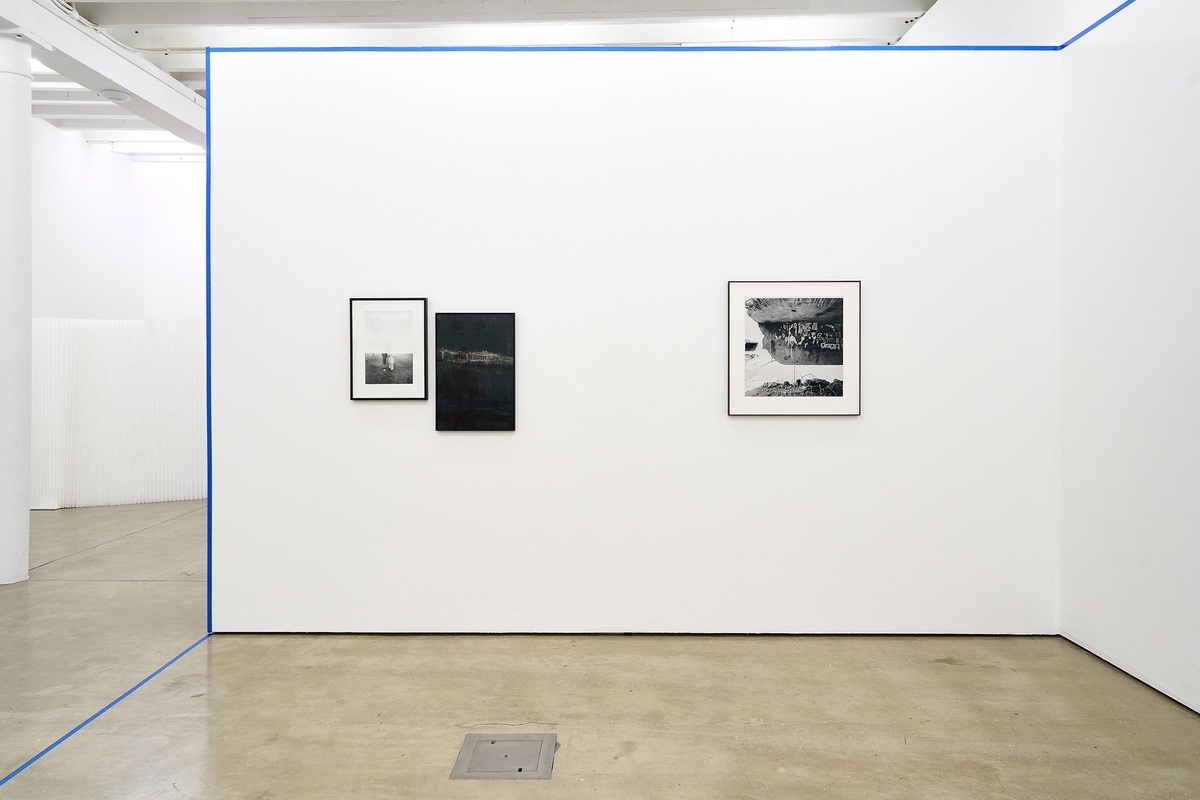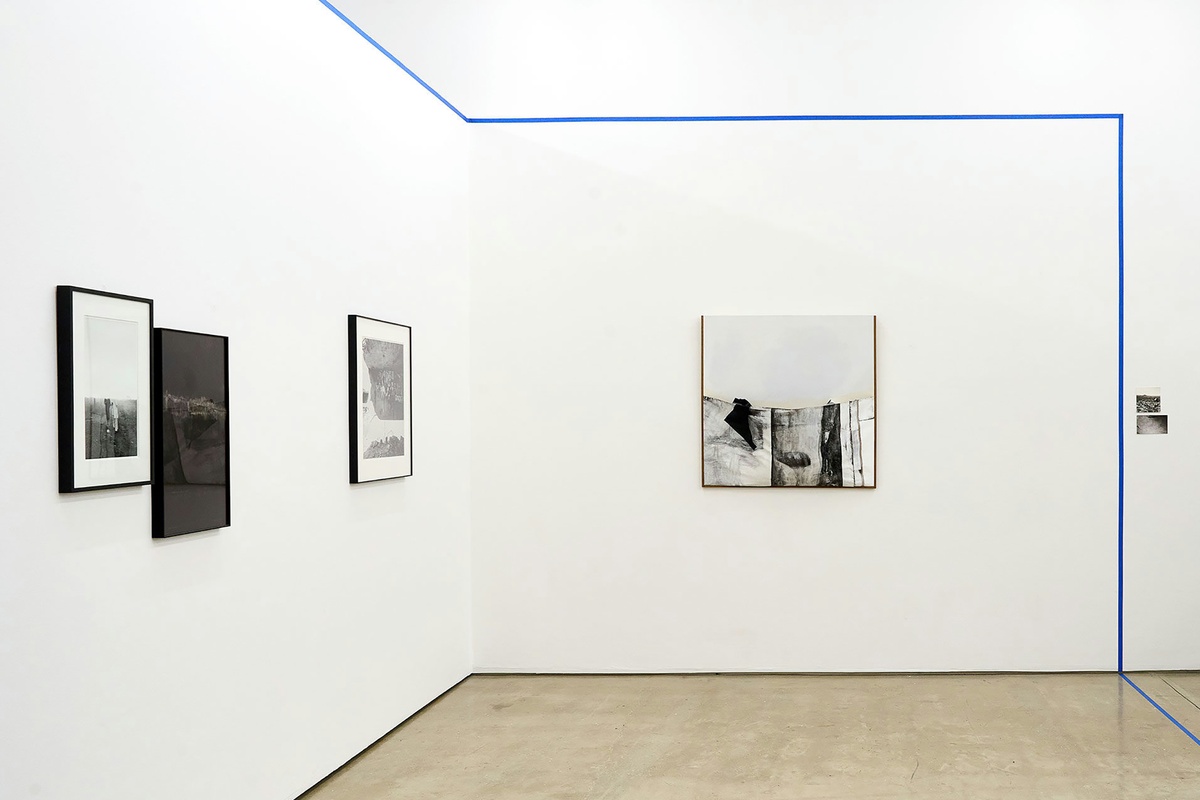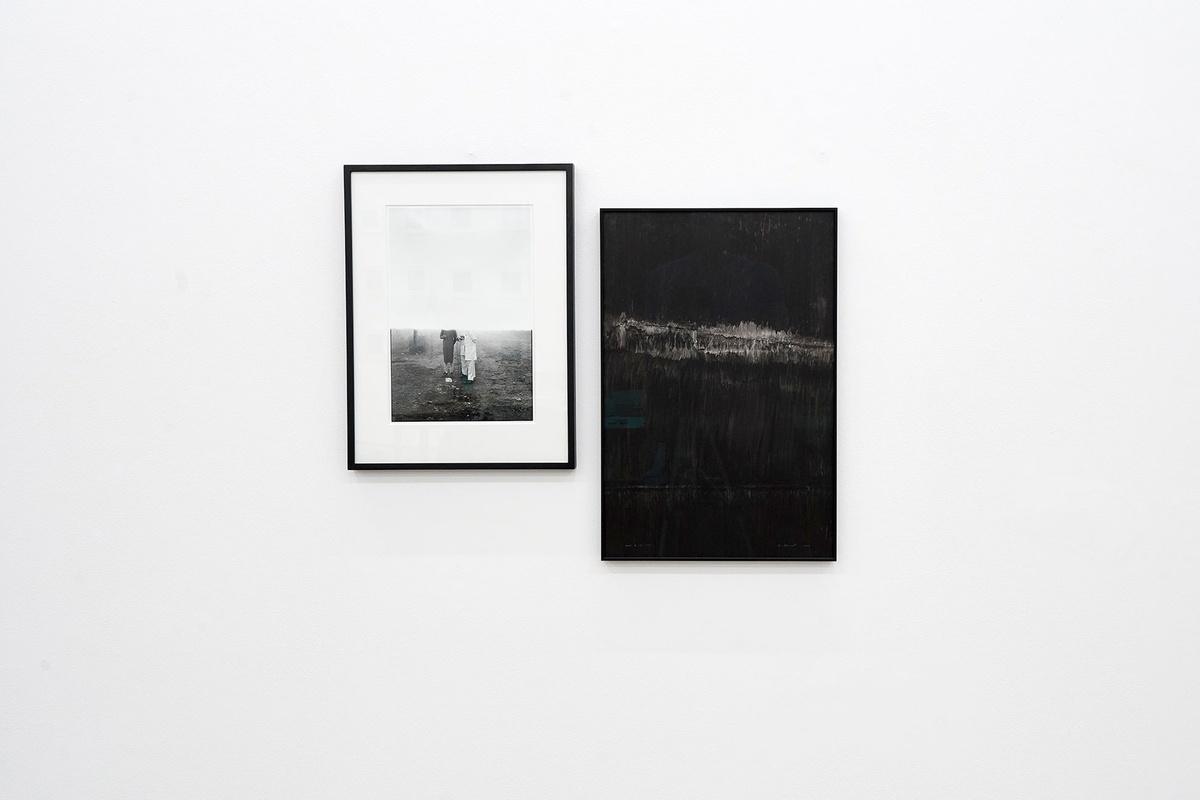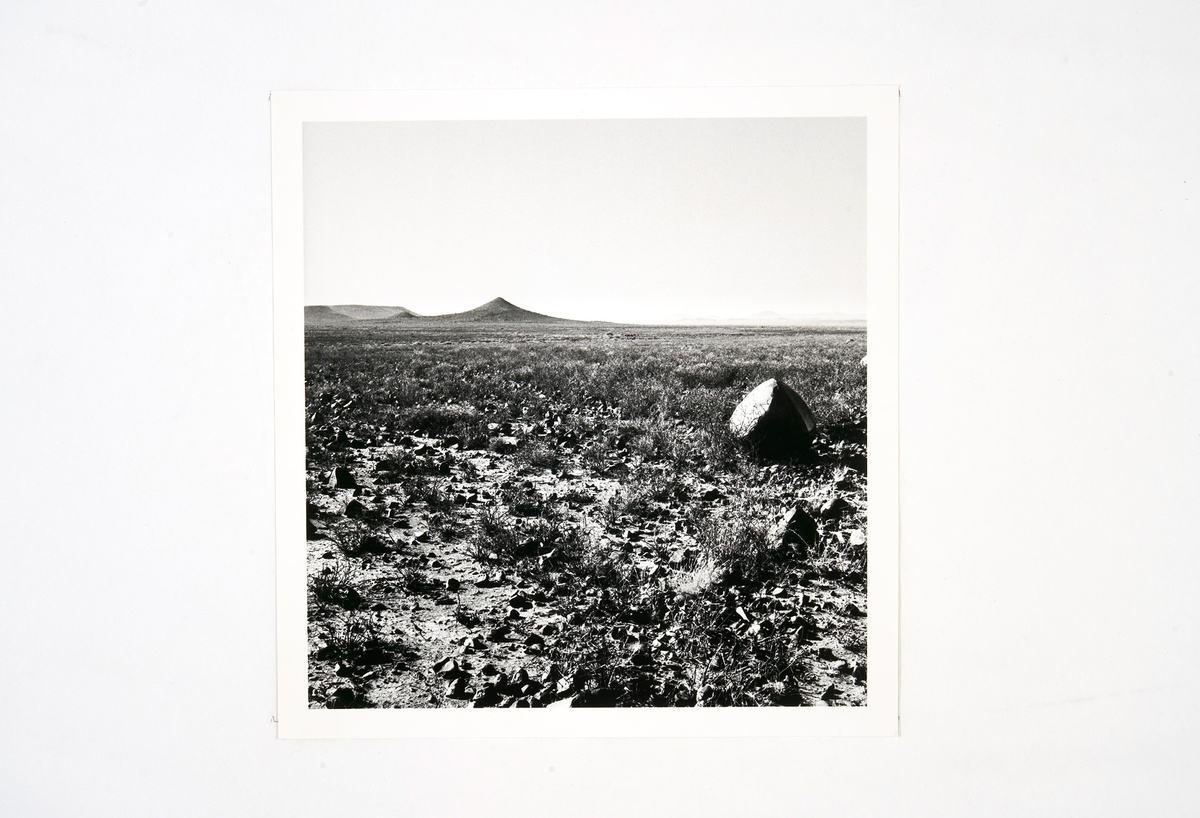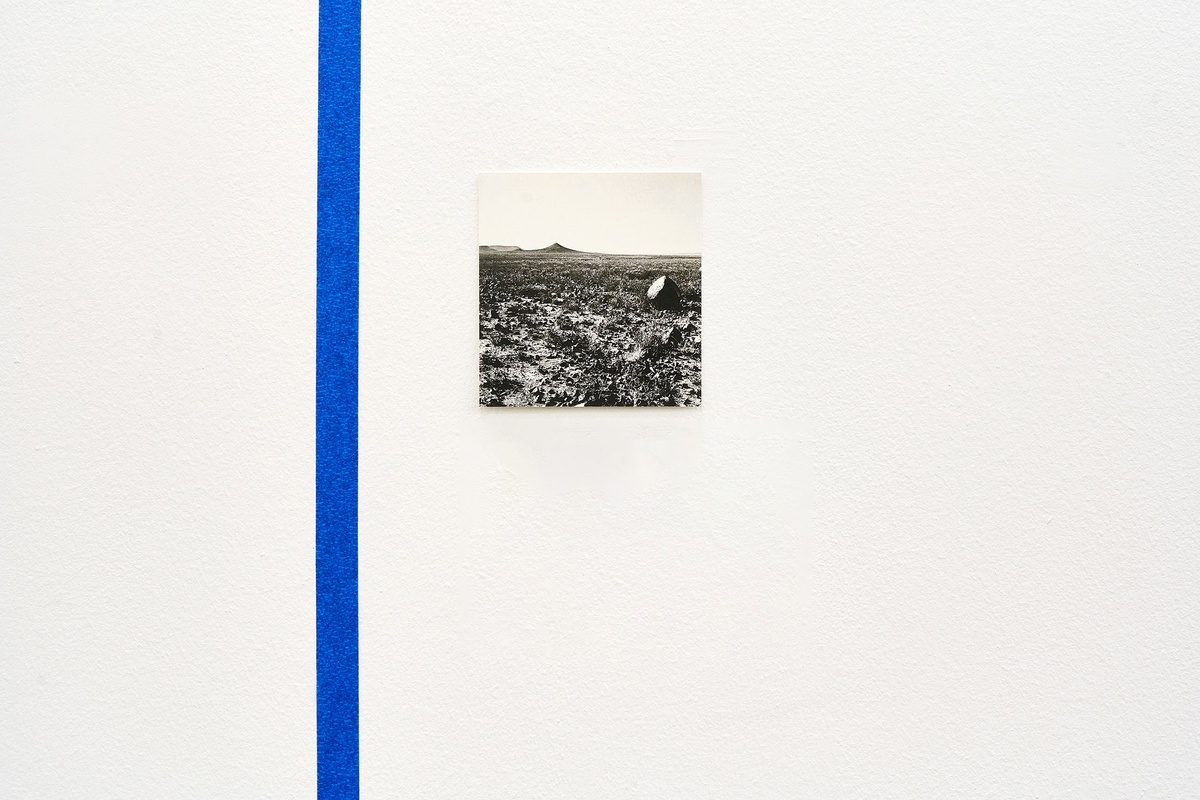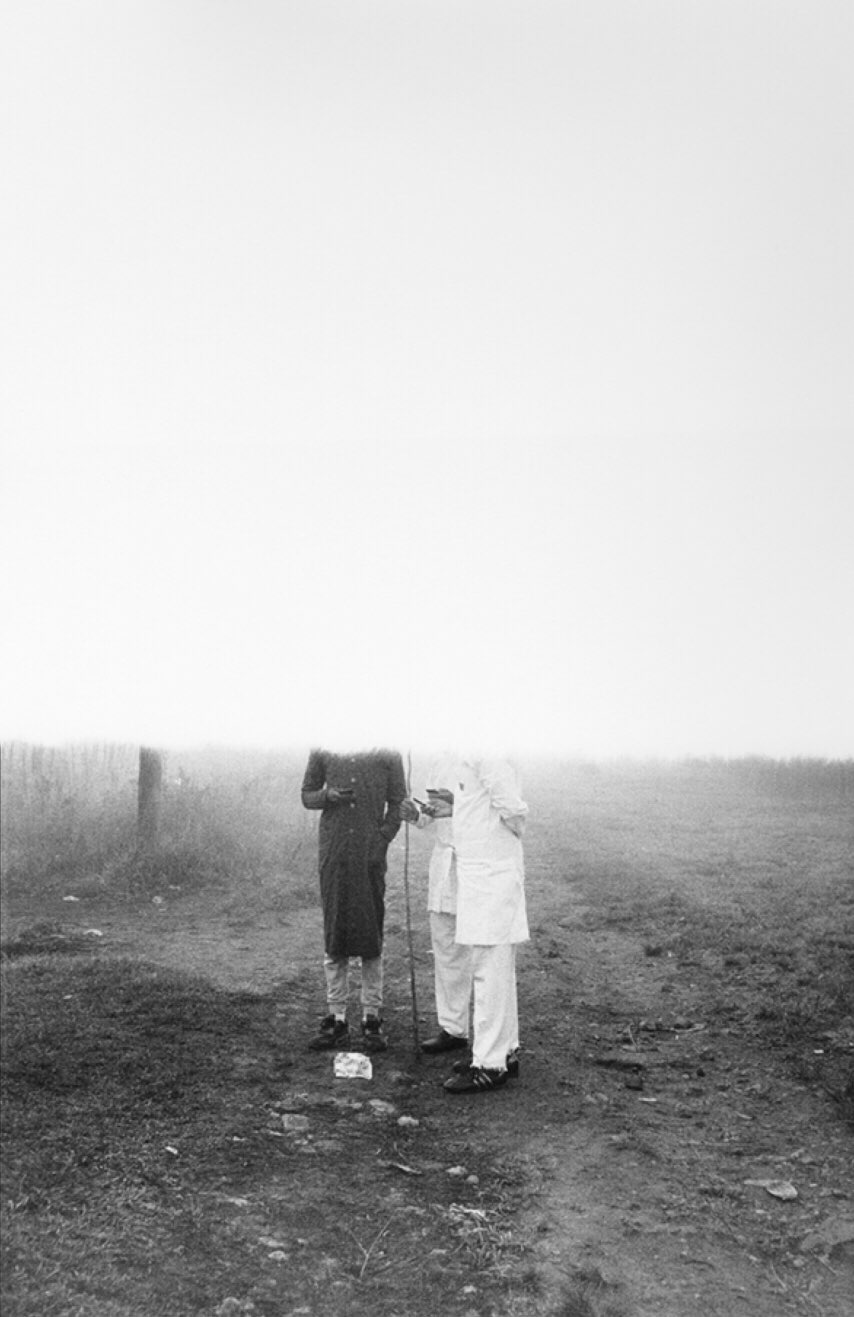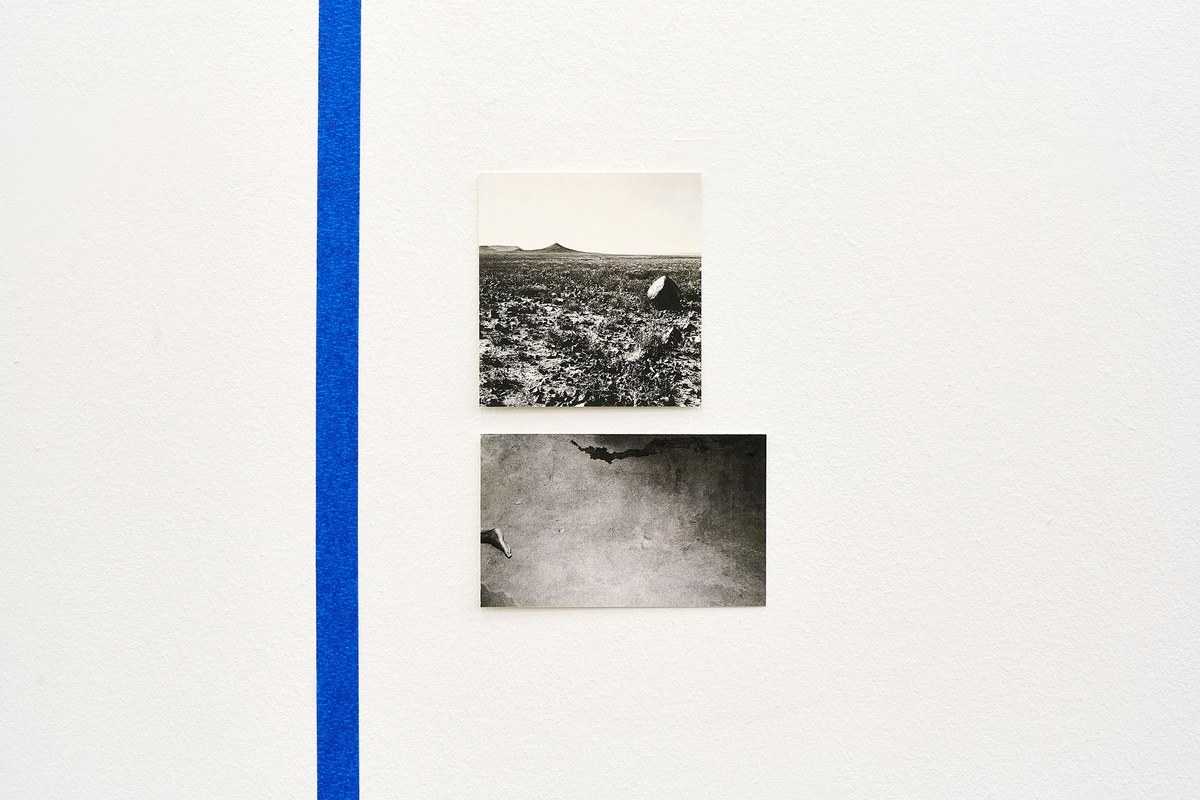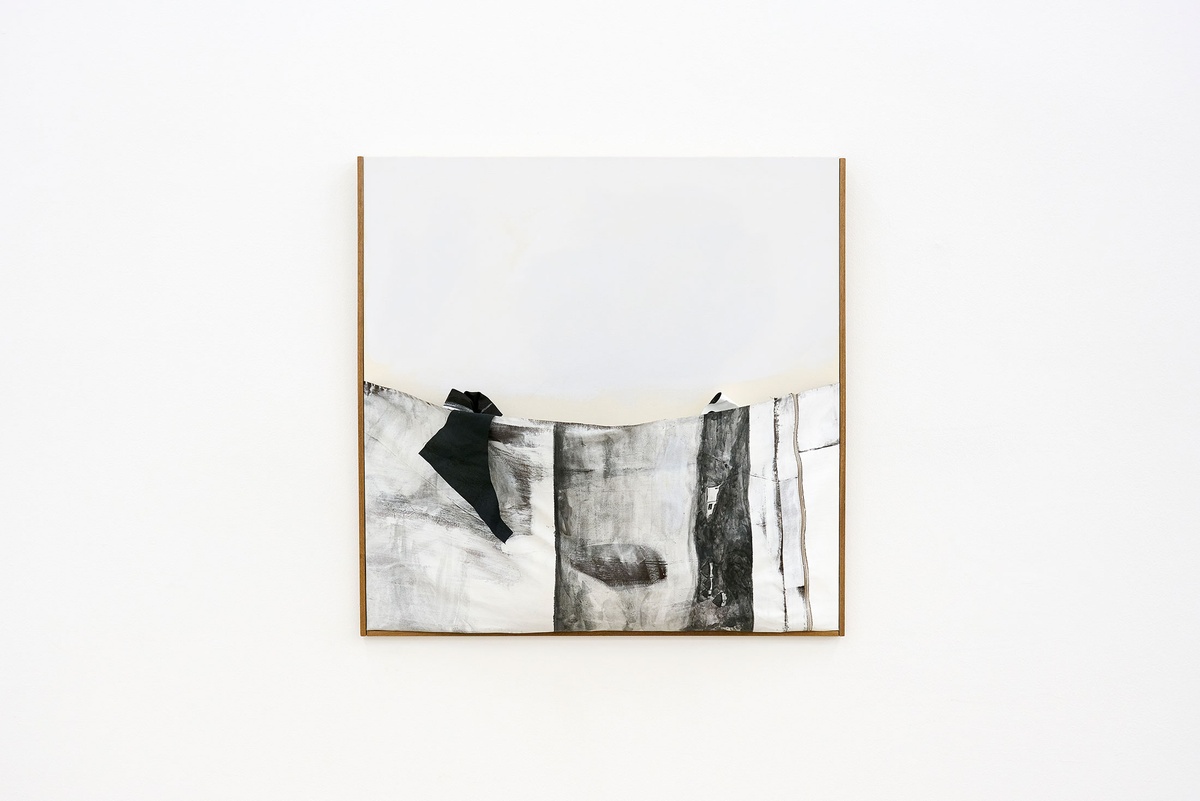Kyle Morland
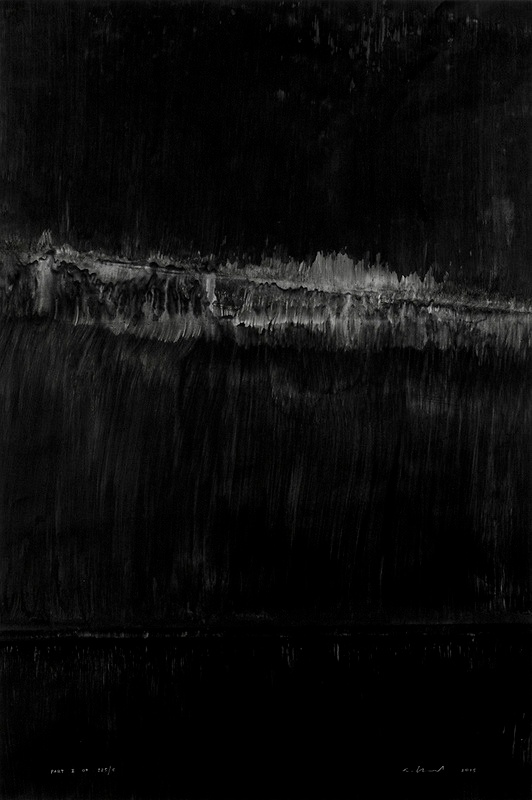
b.1986, Johannesburg
Working to obscure self-imposed rules, Kyle Morland assembles his sculptures with a studied exactitude. While minimalism and formalism perhaps best describe his spatial compositions, such words reveal little of the works’ interior logic. Indeed, few of Morland’s sculptures are purely abstract, most are functionless studies of more functional forms. Made with the precision of an engineer, his sculptures often appear as misplaced industrial parts, reminiscent of air conditioning ducts, metal piping and steel sub-structures. Construction supplies are his medium of choice; from mild steel sheeting to commercial paint. But to his hard-edged, mass-produced aesthetic Morland adds moments of material grace. Cloth, cardboard, masking tape – those things moveable and provisional offer a compelling counterpoint to the artist’s unbending metal forms. “Offsetting his industrial banality,” critic Felix Kawitzky wrote, “is some kind of small yearning which hangs around the sculptures – some hope of escape from the unyielding demands of their ‘formal properties’.”
